One of the biggest changes brought about by the new regulations on medical devices and in vitro diagnostics, Regulation (EU) 2017/745 (MDR) and Regulation (EU) 2017/746 (IVDR) respectively, is the creation of a European medical device database (EUDAMED). EUDAMED will include 6 modules that will contain information over the entire lifecycle of CE-marked devices : actor registration, unique device identification (UDI) and device registration, notified bodies and certificates, clinical investigations and performance studies, vigilance, and market surveillance.
EUDAMED is expected to be fully functional in May of 2022, which aligns with the date of application of the IVDR; however, this comes one year after the date of application of the MDR. Article 123(3)(d) of the MDR states that, until EUDAMED is fully functional, the corresponding provisions of the Directives 90/385/EEC and 93/42/EEC shall continue to apply. Fully functional means that all 6 modules must be up and running. To be a little more precise, the majority of obligations related to EUDAMED will apply 6 months after the publication of a notice from the Commission stating that EUDAMED has achieved full functionality (except obligations relative to UDI and device registration which will apply 24 months later).
The Actor registration module has been available since December of 2020. The other modules will be made available on a gradual basis, starting with UDI/Device registration and Certificates and Notified bodies, which should arrive in September 2021. While the use of the modules will not be mandatory before EUDAMED is fully functional, it is highly encouraged.
The recently published guidance document MDCG 2021-1 offers administrative practices and technical solutions for actors and economic operators so that they can be in compliance with the regulatory requirements related to EUDAMED in its absence.
It is important to keep in mind that the delay of EUDAMED does not impact the date of application of the MDR and its applicable requirements.
Generally speaking, for the obligations that require the submission of information via EUDAMED, manufacturers will continue to follow applicable national procedures and use national reporting systems currently in place. For example, exchange of information regarding clinical investigations, registration of economic operators and medical devices, adverse event reporting, etc., such as the direct communication of information via e-mail or other electronic means. This information should be encrypted when possible and as necessary. This is the case for communication regarding preventive health protection measures taken by competent authorities or when dealing with medical devices that present unacceptable risks to health and safety.
While some forms such as the MIR have already been updated to reflect the requirements of the MDR, this is not yet the case for all forms, such as the FSCA, the Trend Report, or the periodic summary report (PSR). In the meantime, the current forms should be used, and any addition information specifically required by the MDR should be added to the comment section.
The European Commission data exchange server, CircaBC, will be used for communication between Member states, Competent Authorities, Notified Bodies, expert groups and the Commission. A publicly available section of CircaBC may also be used to publish the summary and the clinical investigation reports, documents which must be accessible to the public according to the MDR.
Information regarding Notified Bodies will also continue to be made available through NANDO, which is expected to be interoperable with the future Certificates and Notified Bodies module in EUDAMED.
Information that Member states and Competent Authorities must make available to the public, such as the results of their market surveillance activities should be published on their websites.
According to Article 32 of the MDR, for implantable and class III devices, a summary of safety and
clinical performance (SSCP) must be written and made available to the public via EUDAMED. The MDCG Guidance 2021-1 states that the SSCP must still be made available to the public by other means and that manufacturers must mention on the label or notice where the document is available. For now, the most obvious solution would be to publish the SSCP on the manufacturers’ websites.
For clinical investigations using devices compliant with one of the Medical Device Directives, the management and information exchange will continue to take place using the existing Eudamed2. The registration of certificates delivered according the Directives will also continue to be done with Eudamed2.
The solutions proposed by the MDCG guidance 2021-1 regarding post-market surveillance, vigilance, and registration of economic operators and devices are also applicable to Legacy devices.
One of the best things that economic operators can do is to not wait until EUDAMED is fully functional to begin the transition. Take advantage of the fact that the modules will be made available gradually, and use them as soon as possible to avoid having to catch up once the Notice from the Commission is published.
The Commission also provides a training environment, which is a great tool to get familiarized with EUDAMED before interacting with the system.
And a last piece of advice, make sure that your internal procedures relating to EUDAMED provide for the alternative practices and solutions that you to have chosen to implement in the meantime.
